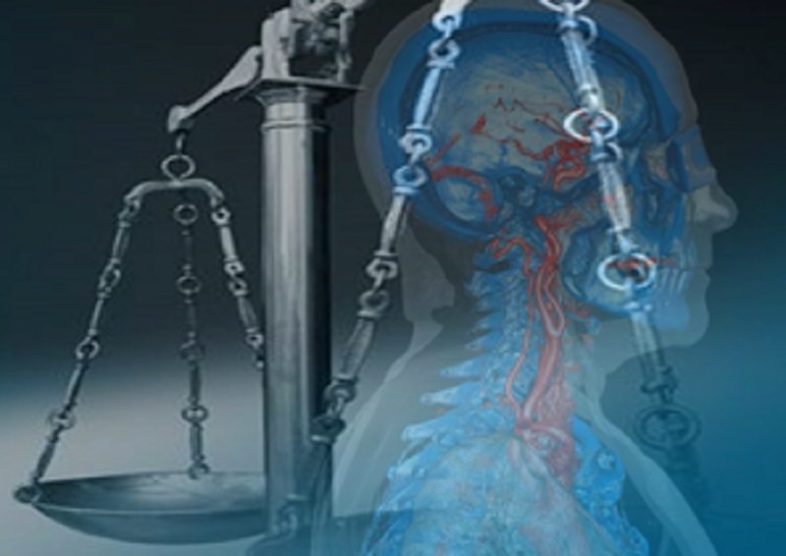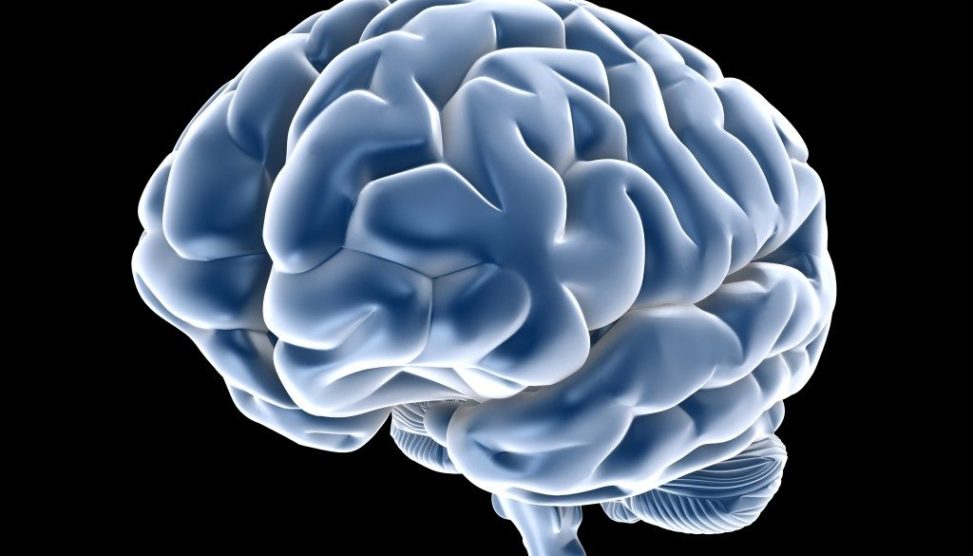Neuroscience is becoming increasingly focused on the brains of serial killers and psychopaths in order to assess how they may be different and whether these differences can go some way to account for their violent criminal behavior.
The theory is simple; if we knew what caused evil then maybe we could develop a way to stop it. Dr Jonathan Pincus, who was Chief of Neurology at the VA Hospital in Washington DC. In this role he conducted extensive studies into the causes of violent behavior and why people kill, developing a theory where such behavior can be reduced down to three main factors; abuse, brain damage and mental illness.
Serial Killer Brain vs Normal Brains
Previous research has indicated that childhood abuse could be a factor in psychopathic killers. There is evidence that John Wayne Gacy, the ‘Killer Clown’, Gary Ridgeway, the ‘Green River Killer’ and Ed Gein, the notorious American serial killer, all suffered abuse as children which may have impacted their violent behavior as adults.
Another key figure in the hunt for biological factors which may be involved in why people kill is Dr Adrian Raine. A psychologist and academic, he has spent much of his career studying the neurobiological and biosocial factors involved in antisocial behavior. His work has covered both children and adults highlighted in his book ‘The Anatomy of Violence – The Biological Roots of Crime‘.
In his most notable study to date, he scanned the brains of convicted murderers and compared the results against the brains of everyday people. By arranging for 41 inmates to be brought to his lab to participate in the study, he injected them with a glucose isotope which would show during the scanning process, highlighting the brain patterns of that individual.
What he found were differences in the brains of these convicted murderers compared to the brain patterns of non-violent individuals. Primarily these differences could be seen in the frontal lobe of the brain that sits behind our forehead; the pre-frontal cortex. This is the area which deals with impulses, decision-making, and rationale.
The brains of those who were serial killers showed distinct patterns of brain activity which were different from normal brains and from impulse murderers’ brains. An exciting finding, however, there are many people who have brain scans which are closer to the serial killer group than to the normal group for example, but that does not mean they are serial killers. This research therefore, is far from conclusive.
In our quest to understand what causes the extreme violence often seen in serial murder, the idea that brain damage and mental illness can impair judgments and impulses while a history of childhood abuse can fuel rage is a theory which is still undergoing investigation.
Moreover, the brain scanning of serial killers is still in its infancy. A great deal more research is needed before any firm conclusions about brain differences and biological factors being the cause of such violent behavior can be drawn.














































I absolutely agree with the author here, that Brain scanning ,or even further the Neuro Criminology , is at its infancy. Though this new take on the base subject is the most welcoming one, but the practical application of such knowledge discovered at the safety of those Hospital CT Scan rooms, are still (sadly)next to nil. WE study Criminology, at prime, to prevent societies from the crime , and that is why the understanding of the hypothetical behaviour of CRIME is necessary. Neuro Criminology, in a very short span of time, have proved itself a meritorious contributer to the base subject, but usage of such Knowledge to prevent crimes from happening? No , it is not still there,..
But had provided precious pseudo-emperical knowledge behind the minds of the criminals..which atleast is a good start…..perhaps someday criminology as a base subject will adhere more towards the direction of ’emperical’ Neuroscience, rather than sociology or History …..
Hi Dev, this of course is one of the main issues with science in general, that transformation from theory into practice. There is certainly a long way to go in terms of using neuroscience to identify physical brain differences within those who kill, but it is a fascinating area which I think has a lot of potential. Most definitely an area to watch to see where things go in the future!
Hi there, thank you for stopping by and leaving such lovely comments. This blog has taken a fair amount of work to get going, mainly on the writing side but once you get things up and running and you are happy with your layout and design it is much easier to upkeep. Blogger or wordpress.com is a great place to start, it’s free and easier to work with than self-hosting when you are just starting out. There are also so many great templates to work with you can make a really nice looking blog without having to worry too much about coding. I hope you do go ahead with your own blog, best of luck!
Hi! I’ve been following your weblog for quite a while now lastly got the
bravery to just offer you a shout from Lubbock Texas!
Just desired to mention continue the great job!
I continue to find these DR’s that study the brain and come back with rediculous opinions to be real suckers. Many of the serial Killers interviewed are smarter than the DR’s and play them like harps. It usually takes minutes before a patients knows what a DR who is asking questions wants to know and what direction they are leaning toward. These killers play that game so they keep coming back. AFTER ALL, WHAT ELSE DO THEY HAVE LOOK FORWARD TO?
Hi Arno, that is a very good point. Serial killers can and have been very intelligent individuals who thrive on manipulation. Look at Ted Bundy, very intelligent man who could charm and manipulate with ease and not just his victims. When it comes to psychiatric assessments, they do often play to what doctors are looking for and to try and ensure they get the outcome they want in terms of diagnosis. I would hope that doctor’s working with any individuals with this sort of history would be fully aware of this risk and mitigate against it. The problem of course is noone can see inside the minds of others and can only go by verbal descriptions and expressions of emotions and feelings within an assessment.